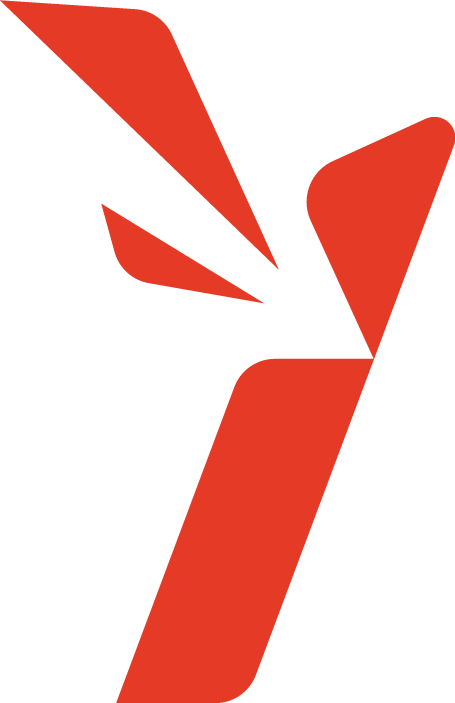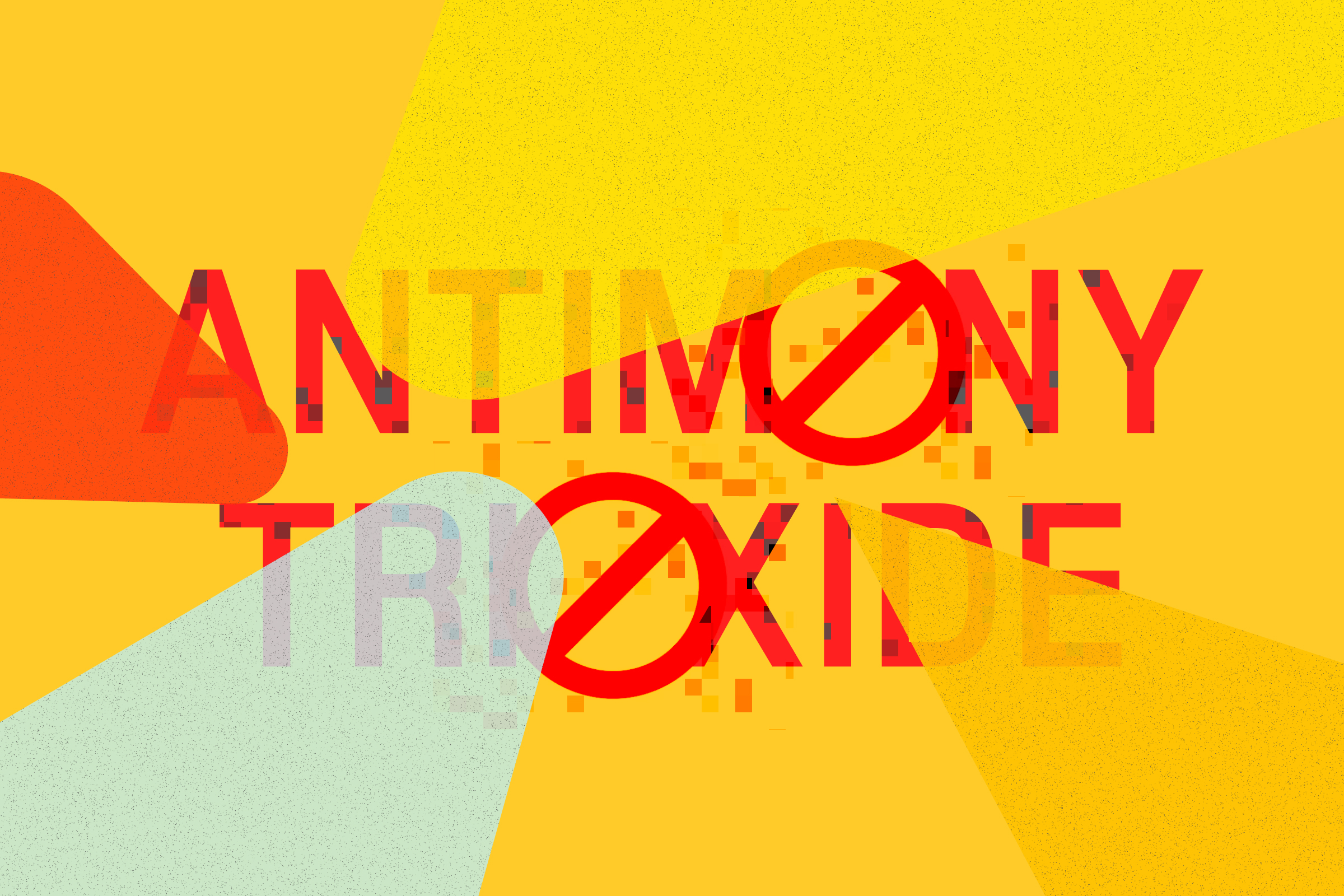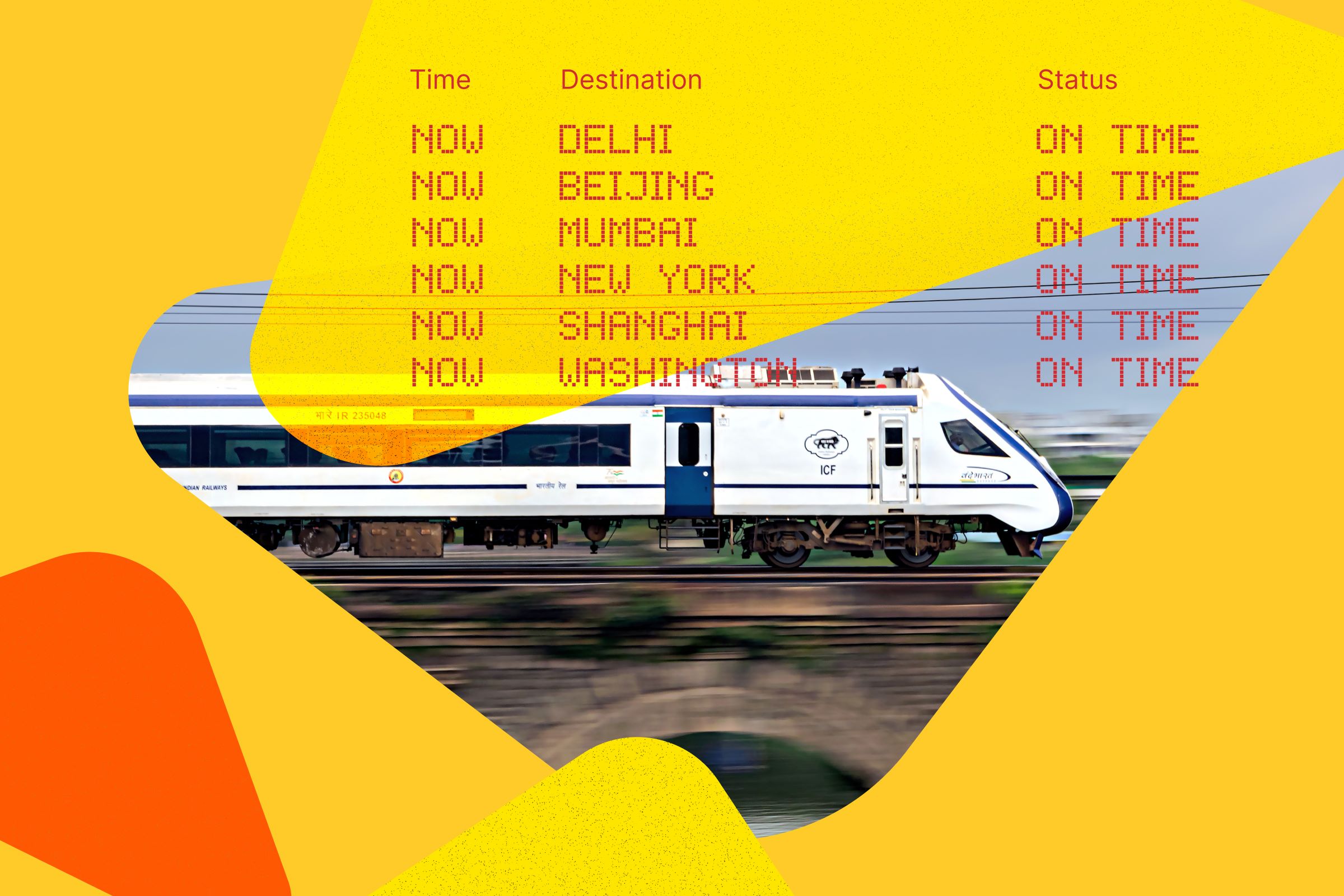
stay up to date
Subscribe to the Ignite Magazine Newsletter
Bus, Coating, Public Transport, Railways, Upholstery
Fighting Fire with Science: Next-generation Flame Retardants Transforming Public Transit
As the global population grows, investments in public transportation systems like railways and bus networks are rapidly increasing. This expansion underscores the importance of safety in everyday transportation, a vital aspect that is crucial to your role as engineers, researchers, and professionals involved in the design and manufacturing of materials for public transportation applications. Unlike automotive or private sectors, public transportation faces unique fire safety challenges due to the diverse real-case scenarios and explicit targets that must be met.
Understanding Fire Safety Requirements
Public transportation safety standards, such as the railway fire safety requirement EN45545-2, are stringent and designed to address specific risks associated with high-density public environments. These standards are pivotal in creating products that meet fire retardancy requirements and maintain non-fire-related properties. The shift towards newer, safer, and more environmentally friendly materials further complicates this landscape, marking a significant transformation in the industry towards sustainability.
Case Studies: Navigating EN45545-2 Standards
To illustrate, let’s examine a few tests under the EN45545-2 standard with the requirement set R21:
Test 1: Heat Release
- Method: ISO5660-1 with a heat flux of 25 kW
- Parameter: Maximum Average Rate of Heat Emission (MARHE)
- Requirement: Low heat release in fire scenarios
- Scenario: A fire incident in a passenger railway carriage at flashover stage
- Goal: Reduce or prevent fire spread to adjacent cars
- Outcome: Ensures safe evacuation of passengers and staff
Test 2: Smoke Density
- Method: ISO5659-2 with a heat flux of 25 kW plus a pilot flame
- Parameter: Maximum optical density (Ds max)
- Requirement: Low smoke generation in fires
- Scenario: A fire incident in a passenger railway carriage at flashover stage
- Goal: Maximize escape time for passengers and staff
- Outcome: Maintains visibility and orientation for evacuation
Test 3: Smoke Toxicity
- Method: ISO5659-2 along with FTIR, with a heat flux of 25 kW plus a pilot flame
- Parameter: Conventional Index of Toxicity (CITg)
- Requirement: Low smoke toxicity in fires
- Scenario: A fire incident in a passenger railway carriage at flashover stage
- Goal: Minimize gas toxicity
- Outcome: Protects passengers from toxic gas exposure
Challenges and Solutions for Formulators
Formulating flame retardants for these environments takes a lot of work. The high temperatures during tests, often exceeding 500°C, pose significant challenges to conventional flame retardants, which may decompose at these temperatures. Furthermore, the shift towards innovative materials necessitates extensive laboratory work to understand new resins and develop suitable flame retardant solutions. Your job in this area is paramount and carries significant weight in ensuring public transportation safety.
Additionally, the increased mechanical specifications required alongside fire retardancy often make achieving compliance feel like a ‘mission impossible,’ a term used to describe the daunting task of meeting all the requirements. Formulators in the public transportation sector often face this significant challenge.
GULEC’s Commitment: Providing Advanced Solutions
At GULEC, our GERPHOS halogen-free flame retardants are designed for public transportation applications, meeting stringent railways, aviation, and bus standards. We support our partners through every step, offering:
- Tailored polymer matrix recipes
- Field-tested and approved FR solutions
- Comprehensive support during the R&D phases
- Non-toxic, future-proof flame retardant solutions
- Access to extensive FR knowledge and expertise
In summary, while the challenges are significant, GULEC’s advanced solutions help manufacturers navigate this complex regulatory landscape, ensuring safety and sustainability in public transportation.
MORE FROM IGNITE MAGAZINE
Ending the Antimony Era: Seven steps towards a safer, compliant and future-proof business
Antimony’s final curtain call is here, setting the stage for a new era in flame retardant applications. What lies beyond could redefine safety and sustainability for industries worldwide.
antiony trioxide, ban, carcinogenic, plasticized PVC, regulations

New Risks and Components in E-Mobility: Changing the Fire Risk Scenario
Electric vehicles (EVs) promise reduced emissions and greater efficiency but introduce unique fire safety challenges unlike those in traditional vehicles. How do we develop robust safety protocols for this new era of e-mobility?
Automotive, Battery, Charging Stations, EV

Unlocking opportunities in booming global railway markets with flame retardants for EN45545
Excited by the vast opportunities in the railway market but challenged by stringent safety norms? Discover how GULEC’s GERPHOS flame retardants can be your key to compliance and seizing these opportunities.
Coating, Polyurethane, Public Transport, Railway, Upholstery

How to change your flame retardants?: A step-by-step guide for manufacturers
Worried about the complexities of changing your flame retardant system? What if we told you it’s easier than you think? Learn how GULEC simplifies the transition with our step-by-step guide.
Customer Service, Engineering, Flame Retardants, Process



